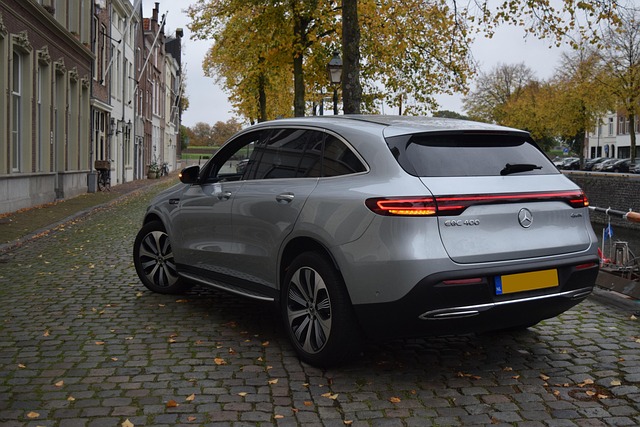An anti-deflation campaign in China helped steer BlackRock World Mining (BRWM) to its third monthly gain in a row in July.
The £1bn flagship BlackRock trust said the mining sector had reacted positively to Beijing announcing an “anti-involution” push to take out surplus capacity in loss-making industries. Last month its net asset value rose (NAV) 3.5% while its shares gained 5.1%, ahead of a 4.3% uplift in its metals and mining benchmark.
According to Reuters, the “anti-involution” drive – originally a term to describe the competitive pressures facing young people in work and education – came after the Chinese government highlighted the dangers of price wars in electric vehicles, food delivery and e-commerce for prolonging deflationary falls in China’s producer price index.
In a bid to tackle industrial overcapacity, the government said it would channel funds to advanced manufacturing, while controlling production in competitive sectors such as steel, and oversee pricing and subsidies in EV and food delivery.
Fund managers Evy Hambro and Olivia Markham said news of this initiative combined with some improved economic data and slowdown in the annual rate of property price falls bolstered bulk commodities. For example, iron ore rose 6.5% in July.
By contrast, US copper prices were extremely volatile, soaring to a 30% premium over copper trading in London, after President Trump indicated a 50% tariff would be slapped on copper imports. However, they fell back after it was clarified that this only applied to semi-finished copper products such as pipes, cables and wiring. Spot copper prices ended the month down 4.9%.
Meanwhile, rising oil prices with Brent and WTI crude up 7.7% and 6.1% during the month had negative implications for miners’ costs, although second quarter updates last month showed cost inflation generally easing across the sector.
Hopes for China’s economy, a pragmatic US tariff policy and increased central bank demand for gold, where the trust has 32% exposure to mining companies, have seen BRWM notch up a 10.4% underlying NAV gain in the three months to 31 July. That’s not much below the 12.6% total investment return in the previous three years, when the sector has struggled against the headwinds in China, indicating the size of the post-April “Liberation Day” recovery.
The shares have done even better, rallying just over 21% in the same three-month period, ahead of the 8.6% advance in the MSCI ACWI Metals & Mining 30% Buffer 10/40 index the company uses to measure its performance.
Recently, the shares have slipped from a one-year high of 590p on 23 July to 562.5p where they stand around 4% below NAV, a narrower discount than the 12-month average of 6.9%.
Hambro and Markham reiterated their view that adding to mining exposure when concerns over China’s economy were still prevalent had been “an effective strategy” in the past. Besides, they said the sector should benefit from long-term global demand from increased infrastructure spending, particularly in defence and renewables, as long as mining companies maintained their capital discipline.
